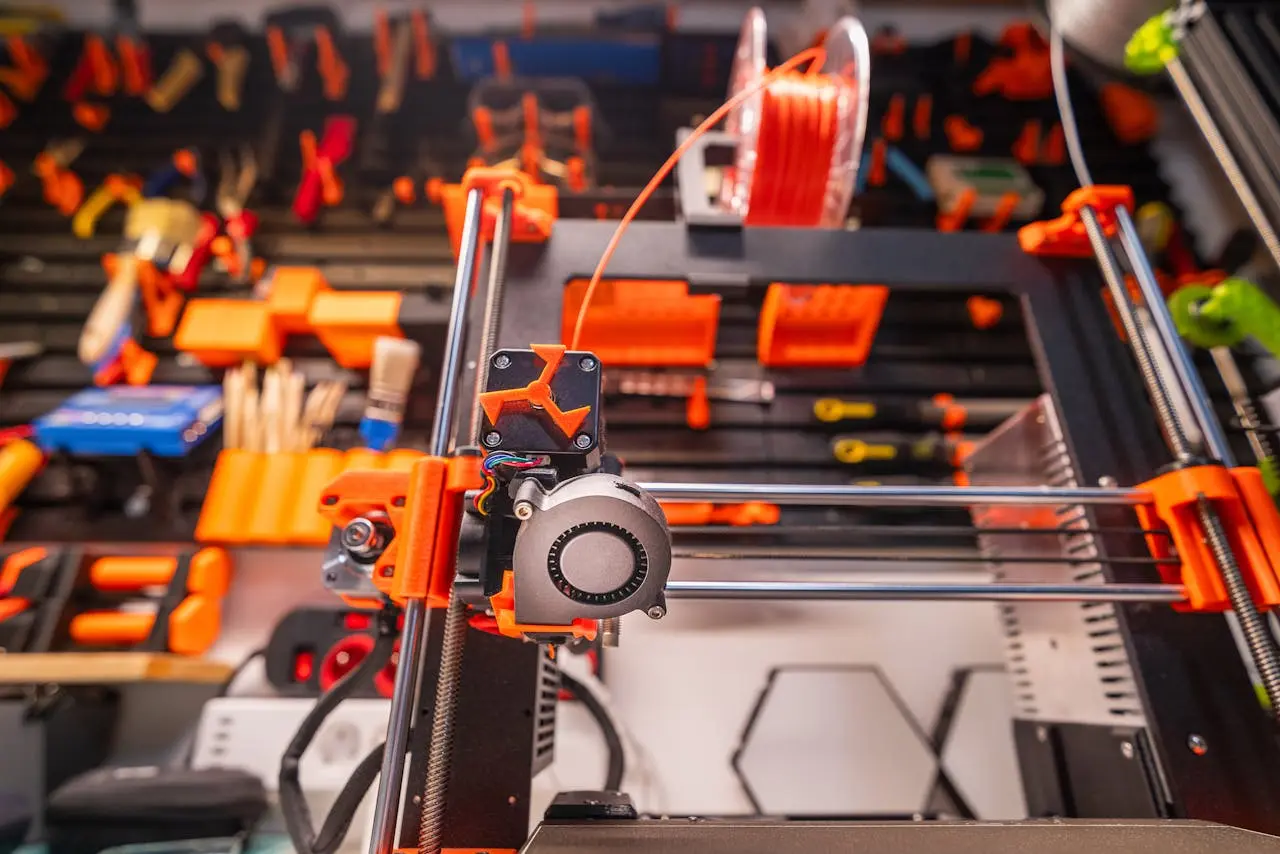PLA vs. PLA+: What’s the Real Difference?

As 3D printing continues to gain popularity, the variety of filament options continue to expand. Among the most commonly used materials is PLA (Polylactic Acid), a biodegradable thermoplastic derived from renewable resources. In recent years, an upgraded version, known as PLA+, has emerged, along with other similar types. In this article, we will explore the key differences between PLA and PLA+, and delve into other variants to help users make informed decisions when selecting filaments for their 3D printing projects.
PLA (Polylactic Acid):
- Composition: PLA is a biopolymer made from fermented plant sugars, usually derived from corn starch or sugarcane. It is known for its environmentally friendly nature and ease of use.
- Properties: PLA is recognized for its low printing temperature, minimal warping, and lack of noxious fumes during printing. It is widely used for prototyping, hobbyist projects, and items that do not require extreme durability.
- Strength and Rigidity: While PLA is strong and rigid, it may not be suitable for applications requiring high impact resistance or flexibility. It can become brittle under stress.
PLA+ (Enhanced PLA):
- Additives and Reinforcements: PLA+ is an enhanced version of PLA, formulated with additional additives and reinforcements to address some of the limitations of traditional PLA. These additives can include materials like polymers, minerals, or other compounds.
- Increased Strength and Durability: PLA+ generally exhibits increased tensile strength, impact resistance, and flexibility compared to standard PLA. This makes it more suitable for functional parts and applications where additional durability is required.
- Printing Parameters: PLA+ typically maintains similar printing temperatures and settings as standard PLA, making it easy for users to transition between the two materials without significant adjustments to their 3D printers.
Other PLA Variants:
- PLA Pro, PLA Max, etc.:Some manufacturers offer PLA variants with different names, such as PLA Pro or PLA Max. These variants may have unique formulations and properties, but the general characteristics remain aligned with traditional PLA.
- Specialty PLA Blends:Filament producers also create specialty PLA blends, incorporating additives like carbon fiber, wood fibers, or metallic particles. These blends can offer unique aesthetic qualities and enhanced mechanical properties.
Choosing between PLA and PLA+ (or other variants) ultimately depends on the specific requirements of your 3D printing project. Standard PLA remains a versatile and eco-friendly option for many applications, while PLA+ addresses its limitations, providing increased strength and durability. Exploring other PLA variants with specialized blends can open up opportunities for creativity and customization. As the 3D printing industry continues to evolve, users can benefit from the diverse range of filaments available, tailoring their material choices to the demands of each unique project.


.jpg)